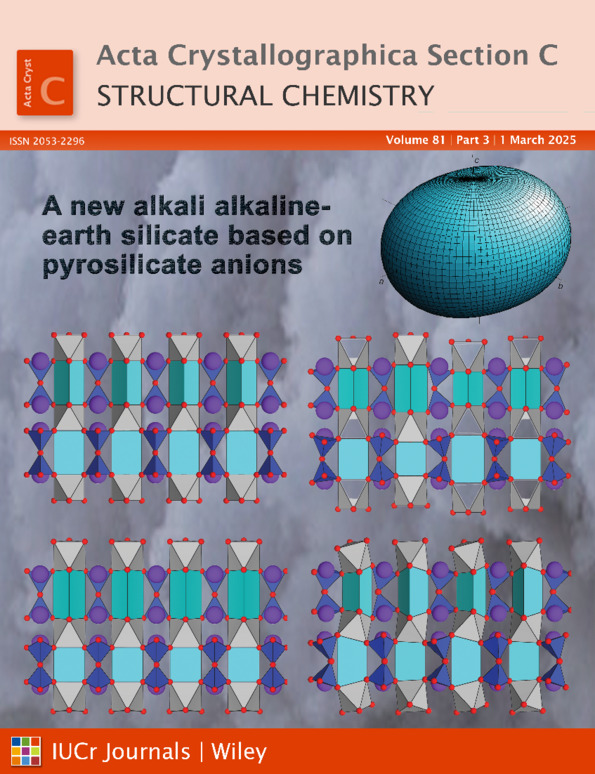Synthesis, crystal structure elucidation, theoretical characterization and thermochemistry analysis of the potential anticancer drug BFS
Abstract
The potential anticancer drug for leukemia, butane-1,4-diyl bis(2,2,2-trifluoroethane-1-sulfonate) (BFS), C8H12F6O6S2, a fluorine analogue of busulfan, was synthesized and analyzed for the first time using various experimental and theoretical techniques, including NMR spectroscopy, single-crystal X-ray diffraction, thermochemistry and computational methods. Crystallographic analysis revealed that BFS crystallizes in the monoclinic space group P21/n, with its structure stabilized by covalent bonding, torsional flexibility and hydrogen bonding. Efficient packing and symmetry interactions balance density and stability. Theoretical calculations, using molecular mechanics, semi-empirical methods and density functional theory (DFT), with functionals such as M06-2X-D3, M08-HX-D3, CAM-B3LYP-D3 and B97D3, confirmed that BFS adopts a compact geometry stabilized by intramolecular hydrogen bonds, consistent with spectroscopic measurements. Gravimetric analysis was used to estimate the solubility of BFS in water at room temperature.




